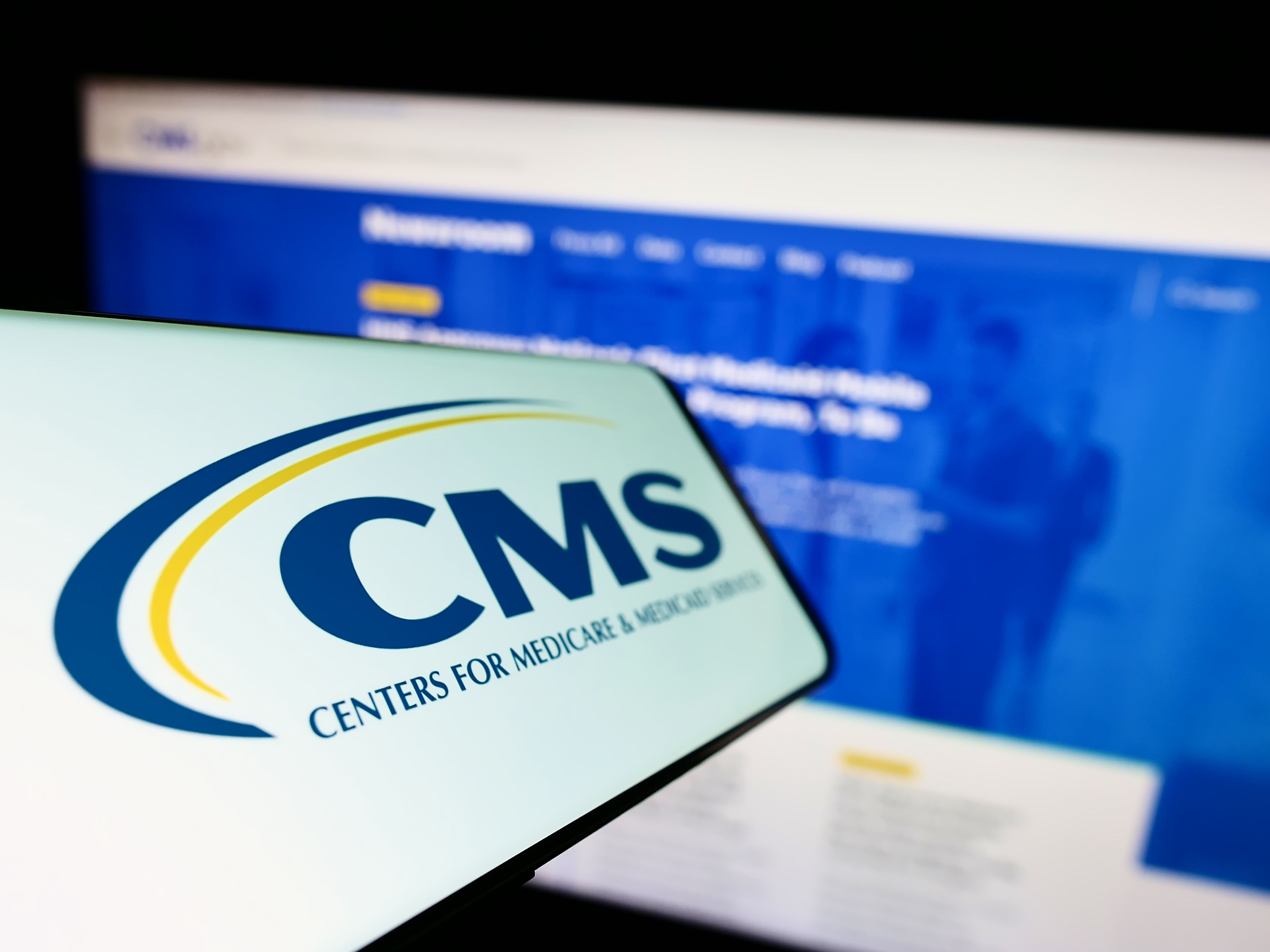Article
Bundled pricing is the only true transparency in healthcare
Author(s):
Price transparency is the current and growing buzzword in healthcare.
Editor's Note: Welcome to Medical Economics' blog section which features contributions from members of the medical community. These blogs are an opportunity for bloggers to engage with readers about a topic that is top of mind, whether it is practice management, experiences with patients, the industry, medicine in general, or healthcare reform. The series continues with this blog by Jonathan Kaplan, MD, MPH, a board-certified plasic surgeon based in San Francisco, California. The views expressed in these blogs are those of their respective contributors and do not represent the views of Medical Economics or UBM Medica.
Price transparency is the current and growing buzzword in healthcare. There are many ways to go about making healthcare costs clear to consumers. But when entrepreneurs design their own solution to price transparency, they miss one very important ingredient: actionable pricing information. The best way to accomplish this is through bundled pricing.
Bundled pricing in healthcare
Price transparency websites present their “solution” in various ways. Some sites collect claims data and analyze it. In other words, they look at the claims’ consumers make to insurance companies, how much the insurance company pays and how much is left to the consumer. This information is then made available to the consumer in the form of averages.
RELATED READING: This is why listing healthcare prices is dumb
However, this does not provide actionable information for the consumer. In this example, the consumer can see what many people have paid in the past in various health plans. But it’s only a prediction of what they will pay when they need treatment.
Just as you don’t want a prediction of what you’ll pay for an all-inclusive Happy Meal, knowing an average healthcare price isn’t actionable. Does it provide education? Sure. But when paying thousands of dollars out of pocket before a deductible is met, I’d prefer actionable data over education that leaves me wanting.
What’s the solution? Bundled pricing. This means one fee includes all potential services for a “typical” procedure or service: surgeon’s fee, facility fee, implants and/or anesthesia fee. Even concierge or direct primary care doctors offer monthly or annual subscriptions that are essentially wellness packages bundled into one price. Nothing’s more user-friendly and actionable than one bundled, all-inclusive price.
Next: "We’re focusing on the wrong thing here"
What if the procedure is not typical and the patient has a complication? Case-by-case supplemental insurance exists and is often bundled into the procedure package. However, in the unfortunate event that you require hospitalization, you’ll exceed your deductible and your out-of-pocket expenses will be capped anyway.
FUTHER READING: Surprising benefits of price transparency and how to utilize them
Cosmetic plastic surgeons have been providing all-inclusive surgical packages for years. It’s not only a viable option for cosmetics. This facility, a member of the Free Market Medical Association, bundles the pricing for their spine care surgery center. And they’re not the only one.
I recognize that insurance companies and providers have negotiated rates. But I also know that providers, including hospitals and outpatient facilities have “prompt pay” discounts or cash-pay prices that are often less than the negotiated rates. Somewhere along the way, we’ve been led to believe that the negotiated rate is synonymous with the least expensive rate. A negotiated rate may be less than an out-of-network insurance rate, but it’s far from the least expensive rate.
Remember, the consumer with a high-deductible health plan, which makes up more than 50% of employer-provided health insurance plans now (Kaiser Family Foundation), are paying this money out of pocket regardless. So better to pay out a lesser amount toward a discounted bundled pricing package than the out-of-pocket negotiated rate. And whatever the consumer spends, whether it’s in network or out, can still apply to their deductible.
HOT TOPIC: Are physician incomes falling?
Simply put, we’re focusing on the wrong thing here. Why crunch big data to only assist the consumer in paying too much for their out-of-pocket healthcare expenses? Let’s give them the actionable pricing information they need by encouraging providers to embrace and show the bundled pricing policies they already have in place.





